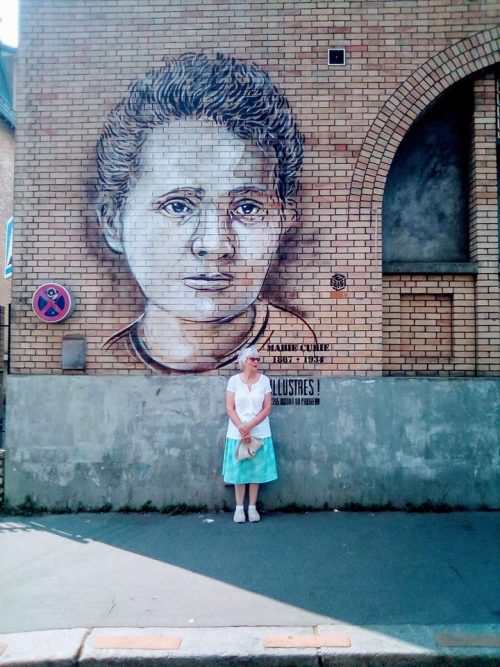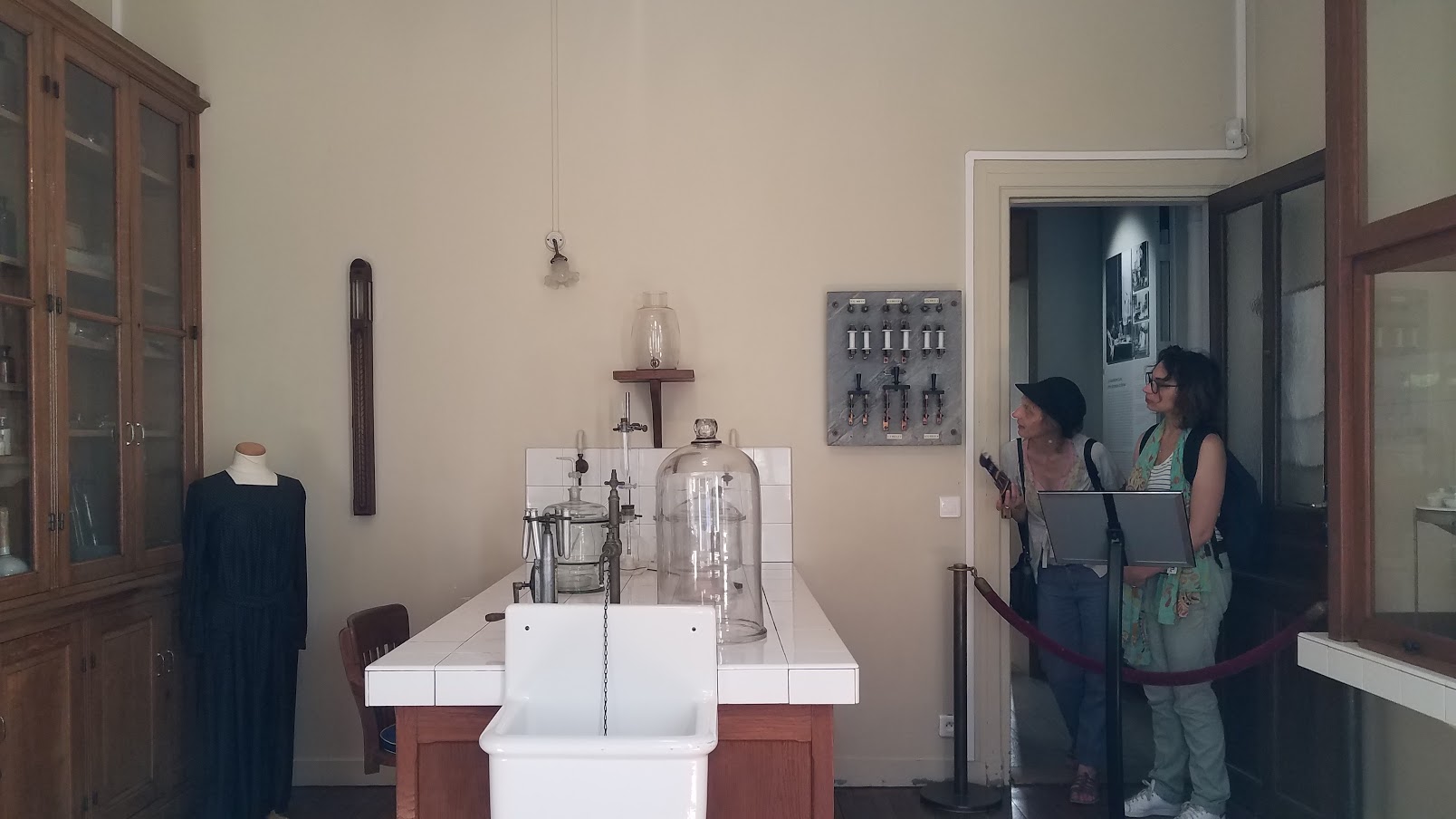
CWP Blog | CWP
Discussions with Deb: Marie Curie
September 26, 2018
September 26, 2018
CWP
CWP Blog
Marie Curie has always been one of my heroes. In an age when women were not educated or working professionally she was both. The Curies, along with Henri Becquerel, won the Nobel Prize in 1903 for their work on radiation. Marie won a second Nobel Prize in Chemistry in 1911 for her work with polonium and radium. She was the first woman to win this honor and the only woman so far to win two Nobel Prizes.
She and Pierre married in 1895 and began working together in physics. In 1898 they discovered polonium and radium. Marie named polonium after her birth country, Poland. In 1906 after Pierre fell in front of a horse and cart and died from his injuries, Marie was offered and assumed his teaching post at the Sorbonne University where as the University’s first woman professor she continued their work in radiation while raising their two daughters. One of the problems that had plagued the Curies for years was the lack of a laboratory. In 1912 the Pasteur Institute decide to create an Institute of Radium with both physics and biology labs. The war intervened and the lab wasn’t completed until 1915.
This summer I was lucky enough to spend some time in Paris. One of my favorite parts of travel is that you never know what you will find. In the Latin Quarter we stumbled upon a large mural of Marie Curie on the side of a building. This seemed curious and we set out to discover why it was there. This led us to the Musée Curie (Curie Museum), which turned out to be only about a block from our hotel. The museum is housed within the Curie Institute on Rue Pierre et Marie Curie (Pierre and Marie Curie Street). The museum contains Marie Curie’s lab, as well as various documents and equipment used by her in her work.
Seeing Marie Curie’s lab was amazing. Although the flooring and tiles had been replaced, her equipment, chair, and a work dress were preserved and on display. By today’s standard the lab is primitive but after years of not having a proper laboratory to work in I imagine it felt very well-furnished when Marie began working there.
The lab has a porch that looks over a garden of trees and flowers that Marie introduced, as she always drew comfort from being among plants. Sitting in the garden outside the lab gave me a chance to ponder the obstacles Madame Curie had to overcome to do the work she loved.
The lab is only about a quarter mile from the Curies’ final resting place. The Pantheon is a building built to house the remains and honor French heroes. Marie Curie is the first woman to be interred there based on her own work.
From July to October this year the Pantheon is also hosting an art exhibit on graffiti. As part of this show, Christian Guemy, a street artist known as C215, has done numerous portraits of famous Parisians on building in the Latin Quarter, including one of Marie Curie. The exhibit also included a gamma meter with a smaller portrait of Curie painted on it.





